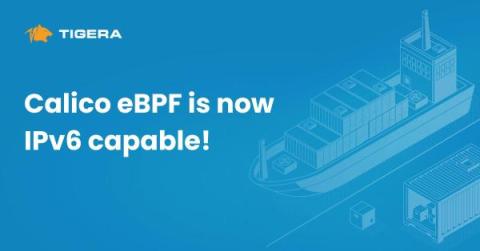Inside the Mind of a Cybersecurity Threat Hunter Part 1: Confronting Initial Access Techniques
At Corelight, we’re always striving to make the life of threat hunters and security analysts a little easier. It’s the reason we developed our Open NDR Platform that provides comprehensive, correlated network data and forensic evidence about everything happening on the network. If you’re familiar with Corelight, you probably already know that.










